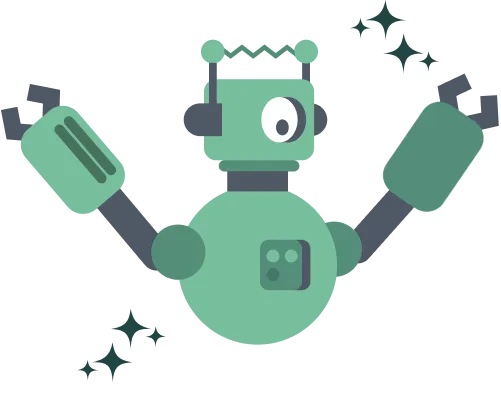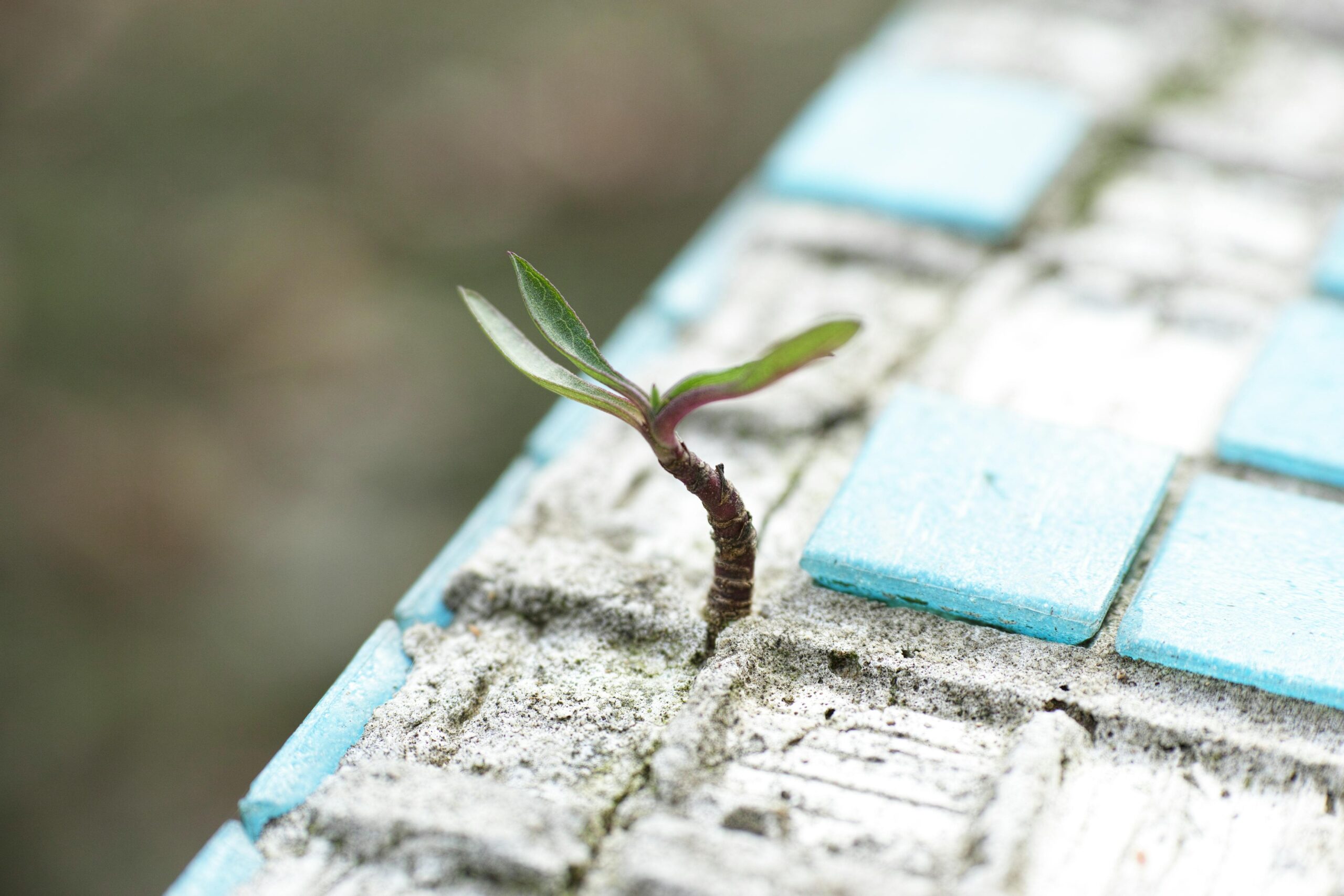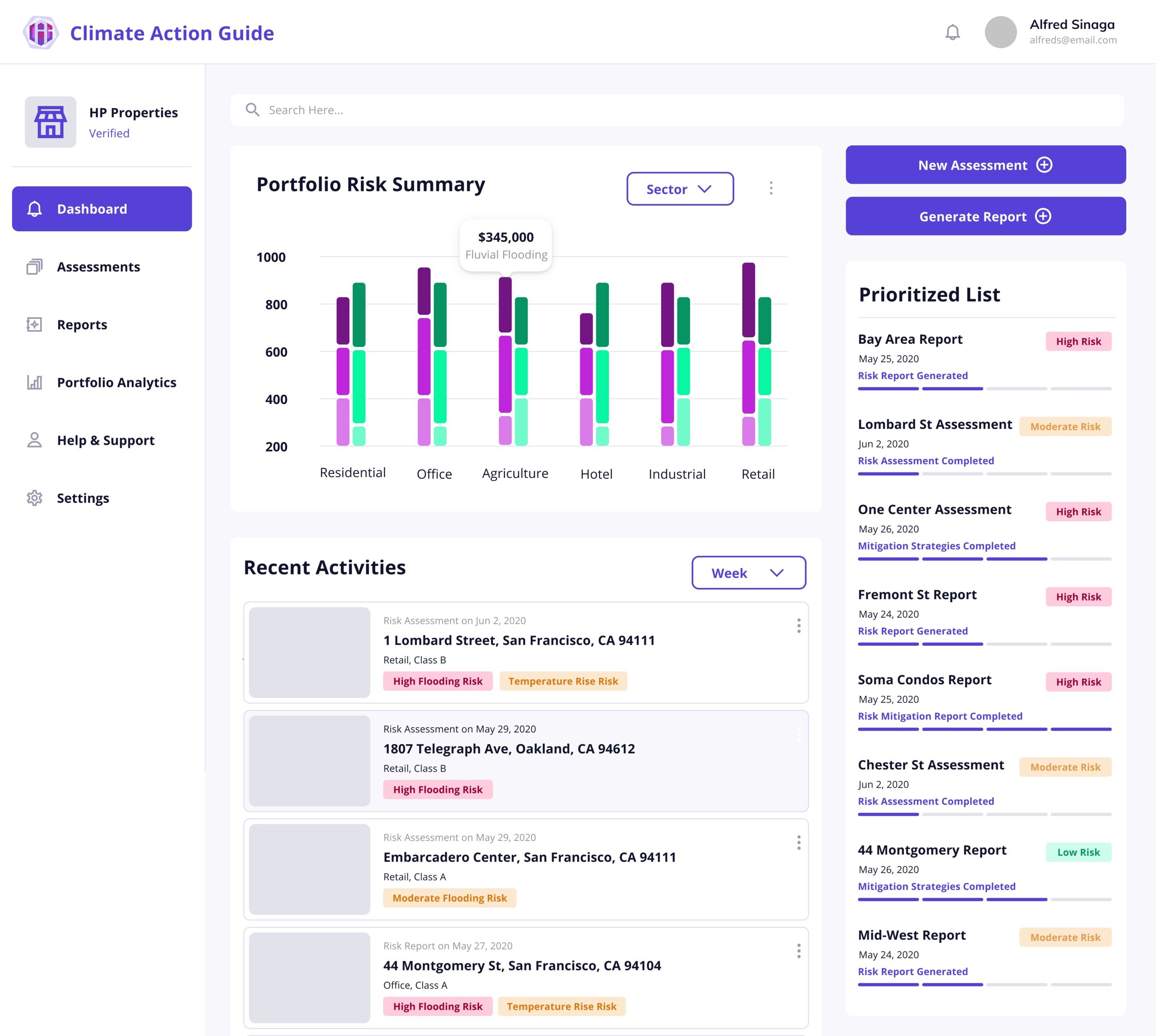DESIGNING THROUGH DISRUPTION
How two remote internships during a pandemic summer shaped my ability to adapt, lead, and design for resilience.

TL;DR
In the summer of 2020, I joined two fully remote teams during the height of the pandemic—one in climate tech and one in edtech. As a Product Design Intern at Climate Action Guide and a Product Management Intern at Carnegie Mellon’s Open Learning Initiative, I led user research, prototyped products, and co-developed platform strategies in response to two very different crises: climate change and remote learning. This summer taught me how to thrive in uncertainty, translate complexity into clarity, and bring empathy into systems thinking.
Navigating a disrupted internship search
As the world shut down in early 2020, I watched as companies froze hiring and rescinded internship offers. I knew I wanted to be useful during a time of crisis—and that I’d need to forge my own path. I reached out to alumni, responded to calls for help on social media, and ultimately landed two meaningful opportunities: one with a climate-focused nonprofit, and one with a university-backed learning platform adapting to remote education.
This decision—to pursue two internships simultaneously—wasn’t easy. But it became one of the most transformative experiences of my career.
Designing for climate resilience at Climate Action Guide
At Climate Action Guide, I joined a team of activists, data scientists, and researchers working to translate climate risk data into actionable tools for local governments and communities.
I led UX efforts for a digital product aimed at helping municipalities and real estate investors understand and plan for financial risks related to climate change.
My role involved:
- Synthesizing research from a mix of sources: city planning reports, IPCC data, and user interviews with government officials and real estate investment company officials
- Co-creating prototypes to visualize property-level climate risk and financial exposure
- Collaborating cross-functionally to ensure scientific accuracy while making the product accessible and human-centered
- This was the first time I designed for a product in such an emerging, high-stakes space. I learned how to balance technical feasibility with community impact—and how to advocate for inclusive design in a field often driven by policy and data.
Key takeaway: Designing for climate resilience taught me how to work with uncertainty, distill complex systems into meaningful interactions, and design with a long-term, planetary lens.
Driving platform strategy at the Open Learning Initiative
At Carnegie Mellon’s Open Learning Initiative, I worked with an education product manager and a distributed team of engineers, data scientists, and instructional designers. The platform offered online courseware to support faculty and students adapting to remote learning, and was seeing a surge in demand during COVID-19.
My work included:
- Identifying pain points in the authoring experience through user interviews with faculty
- Prototyping improvements to the platform’s editing tools and onboarding journeys
- Contributing to strategy docs to align design direction with user needs and institutional goals
- What made this role unique was how deeply interdisciplinary it was. I wasn't just thinking like a designer—I had to think like a product manager, translating user insights into product roadmaps and cross-functional priorities.
Key takeaway: This experience sharpened my ability to connect user needs with business goals, and gave me firsthand exposure to strategic decision-making in a mission-driven product environment.
Lessons that stayed with me
Looking back, the duality of these internships helped shape the kind of designer I am today:
From climate tech, I learned to navigate ambiguity and advocate for impact.
From edtech, I learned to connect systems thinking with human needs.
And from both, I gained confidence in collaborating across disciplines, adapting quickly, and leading with empathy—even in the most uncertain conditions.
Selected Works


Curious to go deeper? Inspired by something you saw?
Whether you have a collaboration in mind, are seeking mentorship, or just want to chat about design, I believe in the magic of human conversation.
Let’s grow, learn, and imagine what’s possible—together :)




© ipsita a mallik 2025


